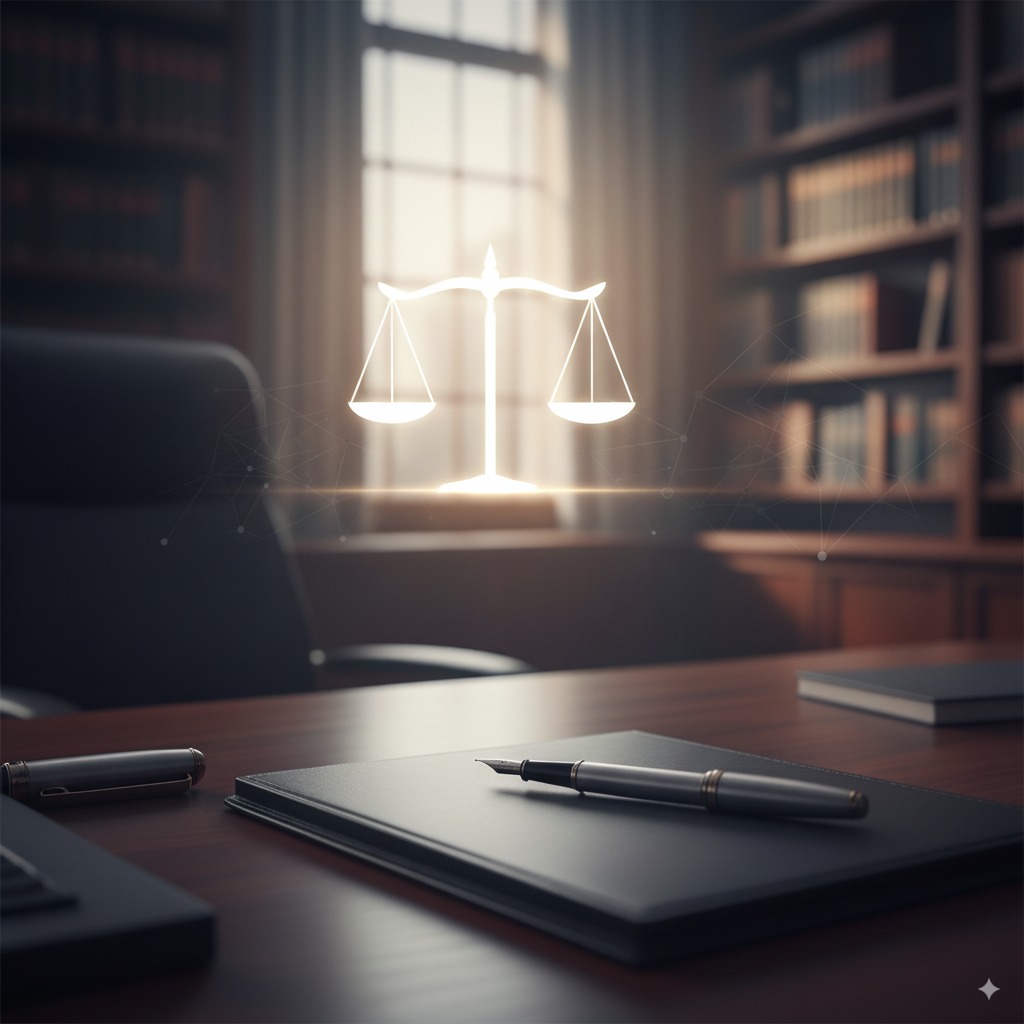FIND THE LAWYERS
Connecting People with the Right Legal Help

Connecting People with the Right Legal Help










When it comes to legal matters, choosing the right attorney can make all the difference. FindTheLawyers is designed to simplify that process by connecting individuals and businesses with trusted, experienced, and reliable legal professionals.
With FindTheLawyers, you can easily find attorneys by location and practice areas whether you need help with family law, personal injury, social security disability, criminal defense, immigration, or business-related legal services. Our platform is designed to give you access to helpful information and to provide transparency for our lawyers through detailed lawyer profiles that include links to our website and email address in order to make your decision-making process easier.
Our directory of lawyers covers multiple practice areas across the US.






Find top-rated lawyers near you for personal injury, social security disability, criminal defense, family law, business law, Immigration and more. Trusted legal help is just a click away.
We use cookies to give you the best online experience.
By continuing to browse the site you are agreeing to our use of cookies.
